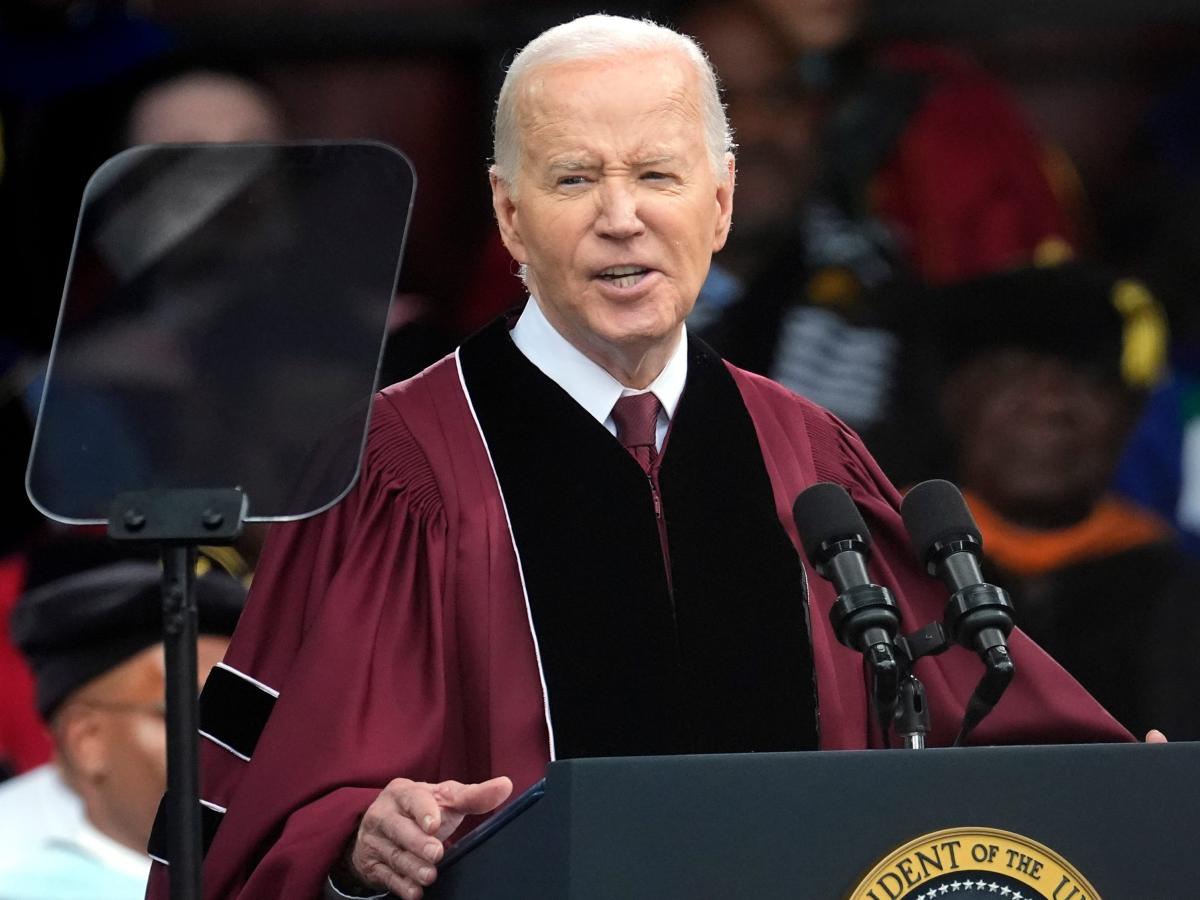The last open-world Final Fantasy game, “Final Fantasy XV,” targeted the PlayStation 4 and Xbox One, but it was scarcely populated, defined mostly by long stretches of highway and grass with little to do. “Rebirth,” however, is a crowded and bustling amusement park.
“Had it not been on a single platform, the world map would not be seamless, and game design may have had to regress significantly,” Kitase told The Washington Post in an interview, through an interpreter. Kitase is the director of the original “Final Fantasy VII” from 1997, as well as many classic projects from publisher and developer Square Enix.
“Rebirth” released on the PlayStation 5 on Feb. 29, four years after the first installment of a “Final Fantasy VII” remake trilogy. In recent years, big-budget games can take up to half a decade or more to create. But “Rebirth” is several times larger than 2020’s “Final Fantasy VII Remake.” It’s a game so large, it rivals the efforts of Polish studio CD Projekt Red, whose “The Witcher 3: Wild Hunt” is a big inspiration for modern fantasy games, including “Rebirth.”
The speedy development is due to employee retention, Kitase said. More than 80 percent of the development team from “Remake” stayed on for the sequel. “Remake” built digital assets that would be reused for the sequel, and the team was able to bypass laborious and “time-wasting” tasks such as retraining staff on tools.
“By carrying over the bonds we created with teammates from the first installment, we could avoid any time-wasting detours that would come with assembling a totally new team,” Kitase said.
Kitase made sure to credit game director Naoki Hamaguchi for the relatively painless development. Hamaguchi comes from the generation that grew up on Kitase’s original games.
“Hamaguchi would set goals early on and made sure they were shared and understood by the entire team,” Kitase said. “Further, these goals would be broken down to midterm goals that we needed to achieve every three months, and we would host a webinar for a show-and-tell where the teams would update one another, and we could all stay on top of everything.”
Hamaguchi told The Post that he’s already forming a game design document with key elements for the finale. Much of the work for the third game is already done, thanks to all the world construction done in “Rebirth.” A key challenge for the final game is rebuilding its world to accommodate a massive zeppelin-like airship called the Highwind, introduced in the third and final act of the original 1997 game. Hamaguchi said it was important for him that “Rebirth” featured an explorable map like the 1997 game.
“I definitely want to address the same for what is likely expected from our experience with the Highwind to explore the world,” Hamaguchi said.
Critical acclaim was especially important for Hamaguchi, who made it a personal goal to make a game so good, its average score on reviews aggregator Metacritic would be above 90. “Rebirth” currently sits at an average-92 score.
“When it comes to a packaged, boxed title, it’s something that hasn’t been done for about 20 years now,” Hamaguchi said, referring to reviews of mainline Final Fantasy titles besides the well-received online multiplayer game “Final Fantasy XIV.” “I felt this was a great opportunity for the Remake project to lead to future success.”
Securing the “Final Fantasy VII” trilogy as a console exclusive is a feather in the PlayStation cap. It’s part of recognizing the original game’s importance as a defining game for the PlayStation experience, said Christian Svensson, vice president of second- and third-party content ventures and strategic initiatives at Sony Interactive Entertainment.
“Back in that same console generation for the original PlayStation, Sony Computer Entertainment had few franchises of its own, and in order to find its place in a very competitive video game industry, we sought to win the hearts and minds of key third-party developers like Square,” Svensson said. That focus on third-party partnerships — releasing games made by outside studios — is “ingrained in our DNA to this day,” he said, “and connects directly to how we’ve worked together on ‘Final Fantasy VII Rebirth.’”
Svensson said console exclusivity was mutually desired when the “Remake” project fired up. The schedule for PlayStation’s third-party titles is all the more important this year after Sony executive Hiroki Totoki said the PlayStation 5 will see no major titles from its first-party studios until 2025.
“Final Fantasy has always been one of the primary franchise pillars on PlayStation consoles,” Svensson said. Square Enix, he added, is “one of the best in the business at pushing beyond their fans’ lofty expectations and showing off what can be done with PlayStation hardware.”
Hamaguchi is already in the process of absorbing player feedback over the story additions to “Rebirth.” “Remake” made many controversial changes from the 1997 title, including a small one that inserted the cat robot character Cait Sith grieving at the end of a sequence where thousands of people died. The original story didn’t introduce the character until the events covered in “Rebirth.”
Hamaguchi’s North American staff told him their audiences were nonplussed by the scene, he said. “It’s really funny because in Japan, we didn’t get so much of that confusion, more like: ‘Oh, what is that cat? It’s fun,’” Hamaguchi said. “We placed him briefly to imply and link that he’s a significant character for later. I didn’t quite predict that first-time players would wonder who the heck that cat is.”
Hamaguchi is excited to dig into the debates and discussions yet to spin out of “Rebirth,” particularly its ending. The 1997 game’s segment of the story ended in the death of a character, a groundbreaking moment for video game narratives.
“The ending we posed for ‘Rebirth’ does lead itself to various interpretations,” Hamaguchi said. “The creator team, myself included, was quite aligned in our overall direction and approach to this ending and how we chose to express it.”

Michael Johnson is a tech enthusiast with a passion for all things digital. His articles cover the latest technological innovations, from artificial intelligence to consumer gadgets, providing readers with a glimpse into the future of technology.







